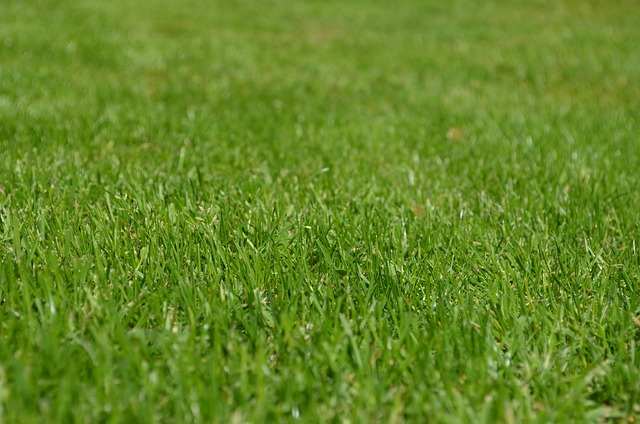Lawn Care and Landscaping experts emphasize the dual importance of fertilization and weed control. Fertilizer application, focusing on nitrogen, phosphorus, and potassium, ensures grass health by mimicking natural soil benefits. Weed management involves strategic use of pre-emergent and post-emergent herbicides along with cultural practices like regular mowing and organic mulch to prevent competition for resources and enhance lawn aesthetics, ultimately fostering a robust and sustainable ecosystem.
Lawn fertilization and weed control are essential components of any comprehensive lawn care and landscaping strategy. A healthy, vibrant lawn requires balanced nutrition and proactive measures against weeds. This article guides you through the fundamentals of lawn fertilization, effective strategies for weed management, and integrated approaches to achieve optimal results in your lawn care and landscaping endeavors. Discover practical tips and insights to transform and maintain a lush, weed-free lawn.
- Understanding Lawn Fertilization: The Basics
- Effective Weed Control Strategies for a Healthy Lawn
- Integrating Fertilization and Weed Control for Optimal Lawn Care and Landscaping
Understanding Lawn Fertilization: The Basics

Fertilization is a fundamental aspect of lawn care and landscaping, playing a crucial role in maintaining a lush, healthy green space. It involves supplying essential nutrients to the grass, mimicking what it would naturally get from the soil and sunlight. Lawn fertilization isn’t just about promoting growth; it also strengthens the turf against weeds and diseases. Understanding the basics is key for any homeowner looking to achieve a vibrant, weed-free lawn.
The process begins with identifying the specific needs of your lawn, which vary based on factors like grass type, climate, and soil composition. Different fertilizers target various nutrients, with nitrogen being the primary component to watch for—it encourages leaf growth. Phosphorus aids in root development while potassium bolsters overall plant health. Application methods range from spreading granulated fertilizers to using liquid treatments, each offering unique benefits tailored to specific lawn care and landscaping needs.
Effective Weed Control Strategies for a Healthy Lawn

Maintaining a lush, green lawn free from weeds is an essential part of professional lawn care and landscaping services. The first step in effective weed control is understanding the type of weeds infesting your lawn. Common lawn weeds range from annual grasses like crabgrass to perennial broadleaf weeds such as dandelions and clover. Each species requires a tailored approach for eradication. For example, pre-emergent herbicides are ideal for preventing annual grass seeds from germinating, while post-emergent treatments target established weeds.
Additionally, cultural practices play a significant role in weed management. Regular mowing at the appropriate height helps prevent weed seed dispersal and encourages competition from desirable grasses. Applying a thick layer of organic mulch can also smother emerging weeds and reduce water evaporation from the soil, creating an unfavourable environment for their growth. Integrating these strategies into your lawn care routine will contribute to a healthier, more vibrant lawn while enhancing the overall aesthetics of your landscaping.
Integrating Fertilization and Weed Control for Optimal Lawn Care and Landscaping

In the realm of lawn care and landscaping, a harmonious blend of fertilization and weed control is pivotal for achieving a lush, vibrant green yard. Fertilization provides essential nutrients that promote healthy grass growth, while weed control prevents unwanted plants from competing for these vital resources. Integrating these two practices offers a comprehensive approach to lawn management. By applying fertilizers at the appropriate times and using targeted weed control methods, homeowners can enhance the overall aesthetics of their landscapes.
This dual strategy ensures that the lawn receives balanced nutrition, fostering robust root development and dense grass growth. Simultaneously, effective weed control measures eliminate competition for water, sunlight, and nutrients, allowing the desired vegetation to thrive. Such an integrated approach not only conserves resources but also contributes to a healthier, more sustainable lawn and landscaping ecosystem.
In conclusion, mastering lawn fertilization and weed control is paramount for achieving lush, vibrant grass and a picturesque landscape. By understanding the fundamental principles of fertilization, adopting effective weed management strategies, and seamlessly integrating these practices into your Lawn Care and Landscaping routine, you can transform your outdoor space into a thriving oasis that becomes the envy of the neighborhood.



